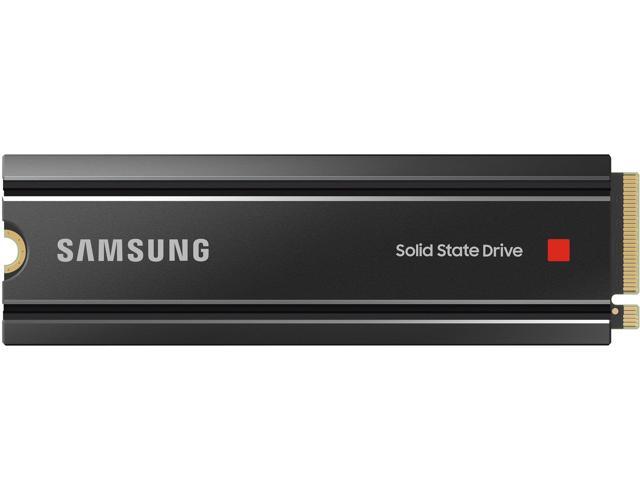The two International Symposia on Spinal Cord Monitoring, held in Tokyo in 1981 [Homma S, Tamaki T (eds) (1984) Fundamentals and clinical appli cation of spinal cord monitoring. Saikon Publishing, Tokyo] and Erlangen in 1984, were remarkable in that they stimulated a gathering of electro encephalographic, neurophysiological, orthopaedic, neurosurgical, anaes thetic and pathological practitioners, presenting experimental, clinical and surgical experiences. The factor held in common was an understanding of the need to reduce the incidence and severity of iatrogenic neurological im pairment associated with certain surgical and radiographic procedures. In the past there has been a tendency for the study of human evoked poten tials (EPs) to be regarded as an end in itself, or at best a discipline which can be of limited assistance in certain problems of neurological diagnosis. Symposia such as these serve the valuable function of opening electro physiological eyes to the problems to which EP techniques might usefully be devoted in other medical spheres. They also help those who practise electrophysiology as an adjunct to their speciality to comprehend such of the more complex properties of EPs as are relevant to their particular interests. The title of the Symposia and of this volume arose as a result of an his torical accident. The pioneers of intraoperative neuronal monitoring were mostly surgeons specialising in the correction of spinal deformities or the removal of tumours.















